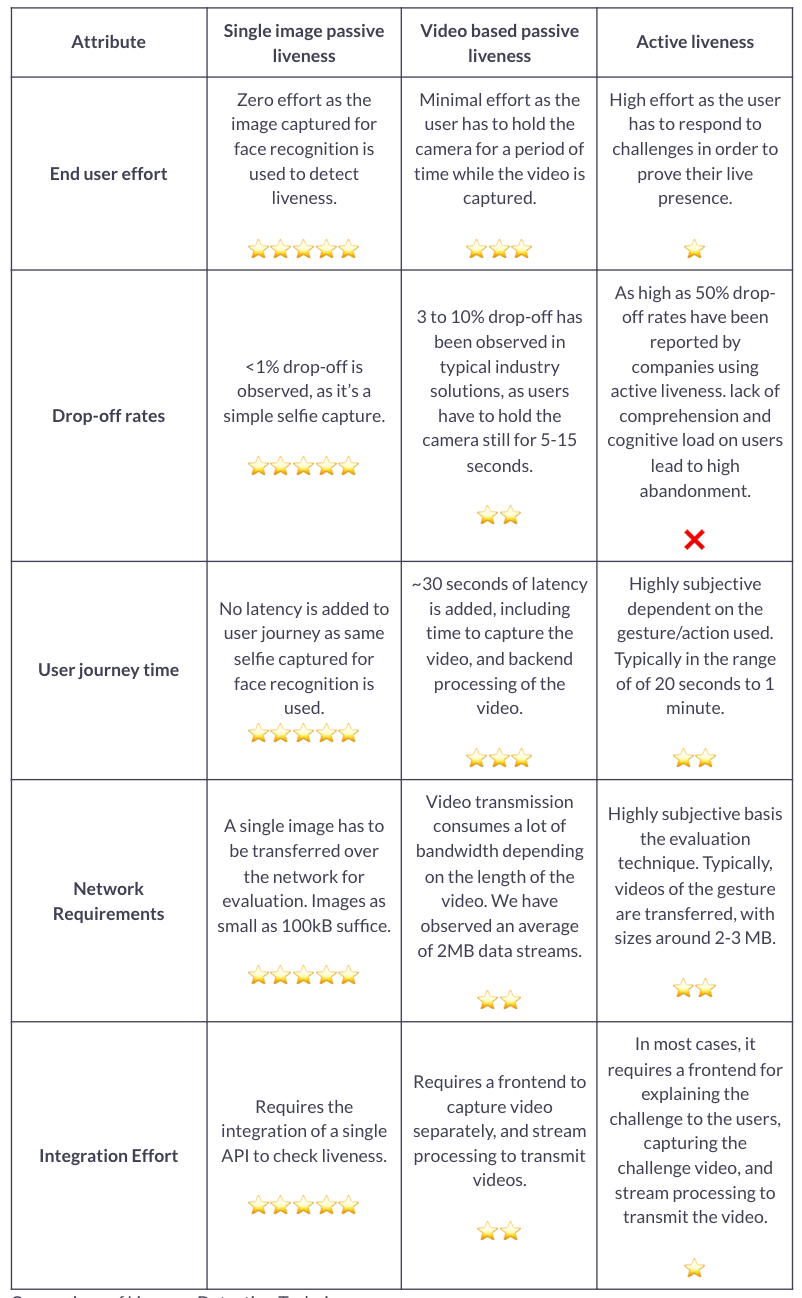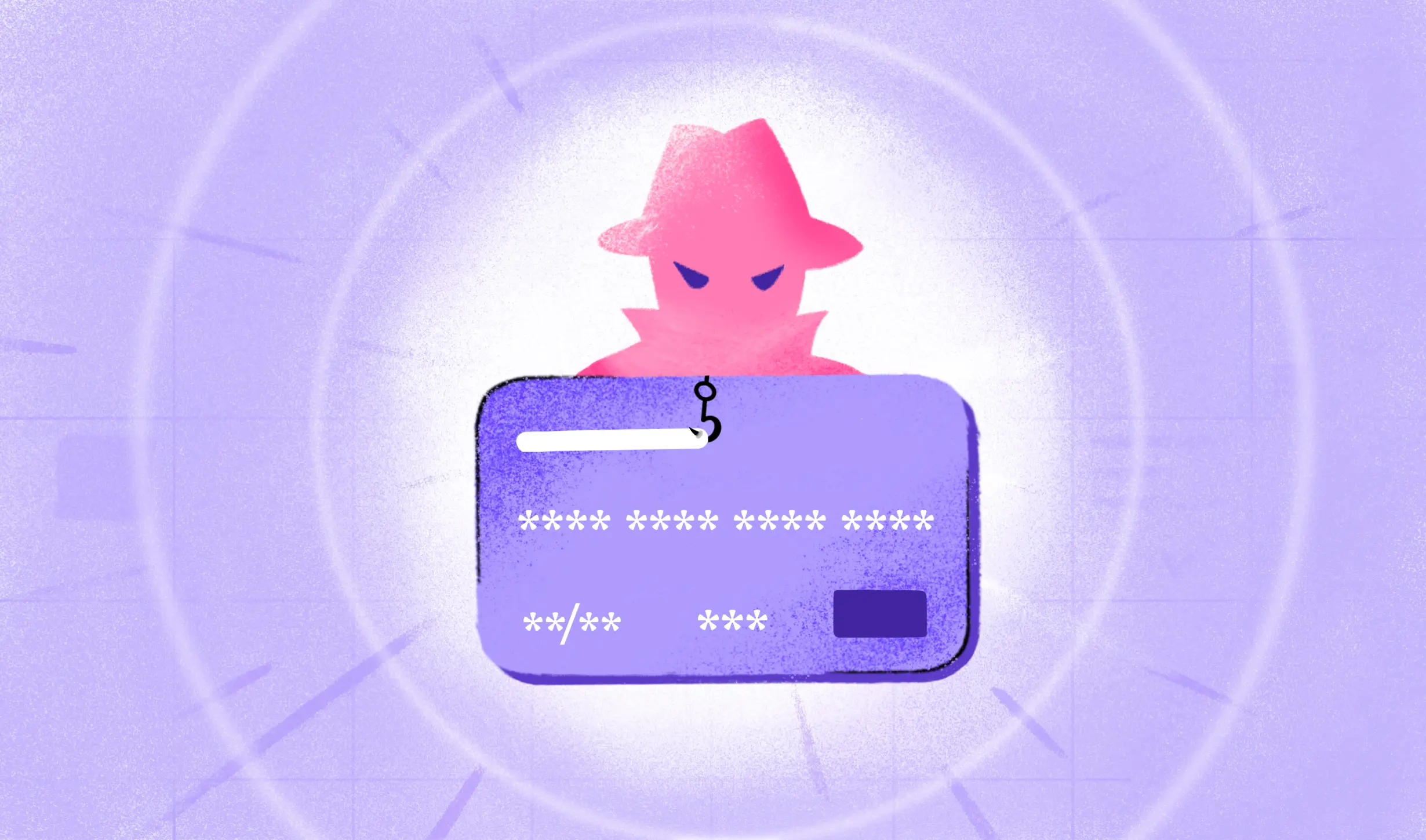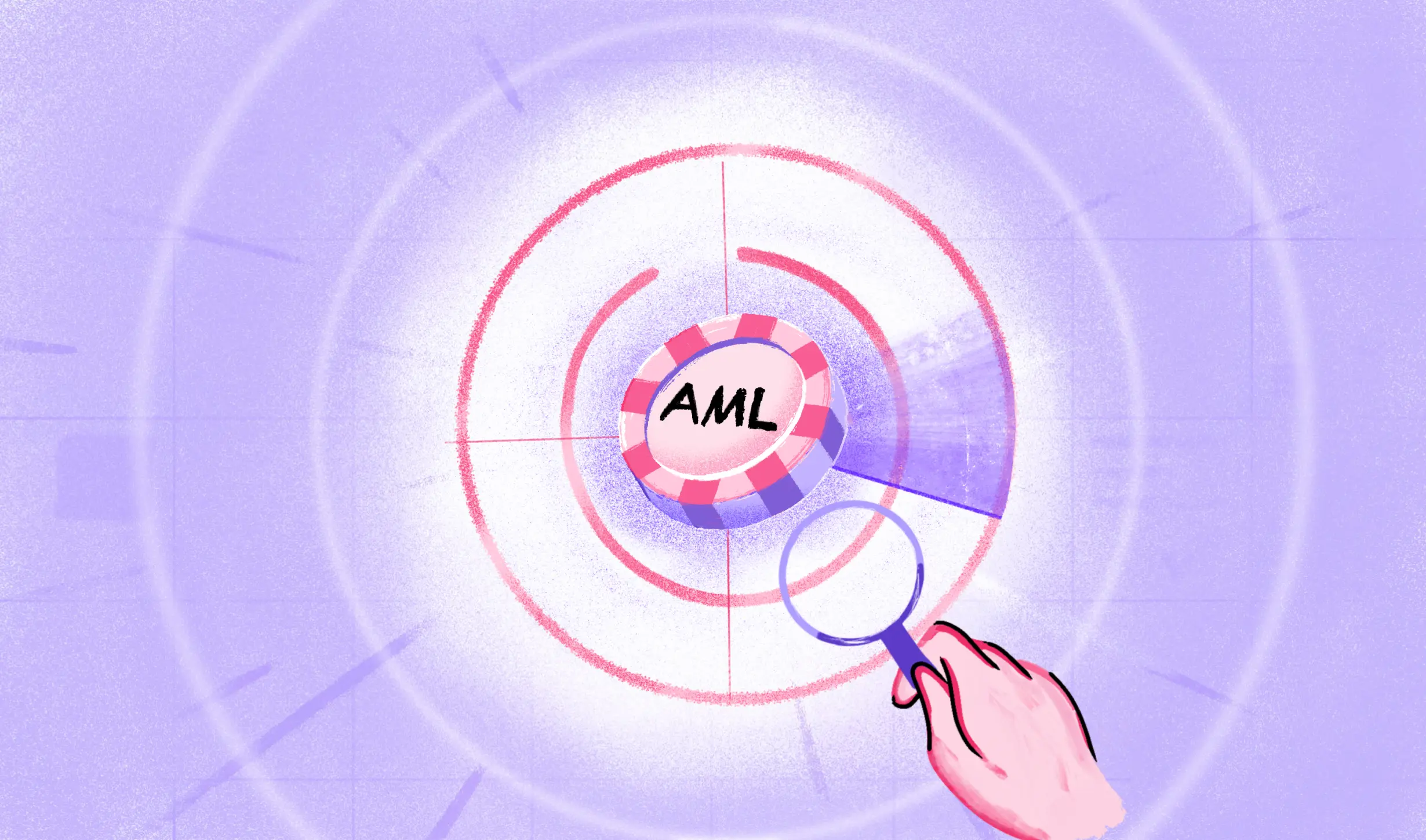The threat of document forgery is a pressing issue in today’s digital landscape, where 69% of businesses recognize identity fraud as a major challenge. This phenomenon extends beyond the realm of fiction, significantly impacting various sectors.
In this article, we will focus on unpacking the complexities of ID document forgery and highlight effective prevention strategies.
We’ll explore the latest in document verification, selfie identity verification, liveness checks, and security features of advanced identity verification solutions, offering a comprehensive guide to combat this pervasive issue.
What is Document Forgery?
Document forgery refers to the illegal alteration or creation of documents with the intention to deceive. It’s a broad term encompassing activities like altering genuine documents, creating counterfeit ones, or using stolen forged documents. This practice is particularly problematic in sectors where identification and verification are crucial. Key Industries Affected:
Border Control and Customs
These areas are prime targets for document forgery, as individuals attempt to cross borders using falsified documents. Border control officers are trained to detect forgeries, but the sheer variety of documents and sophisticated methods used by forgers pose ongoing challenges.
Financial Sector (Banking, Fintech, and Insurance)
Here, the objective is often financial gain. Scammers can use a forged document to access bank accounts, apply for loans, or claim insurance benefits. Despite mandatory identity verification in these sectors, the level of security varies and is often less stringent compared to border control measures.
Healthcare and Education
These sectors may not perceive themselves as primary targets, but their lower awareness and lack of stringent KYC (Know Your Customer) compliance controls make them vulnerable. Scammers can use forged documents to access services, benefits, or even employment in these industries.
For a deeper understanding of the challenges and strategies in document verification, read our complete guide to document verification.
Why Do Fraudsters Create Counterfeit Documents?
Forged documents are prepared for financial exploitation. Scammers target critical identification documents, such as passports, ID cards, and work permits, to gain unlawful financial benefits.
Read more: What is machine readable zone and its role in ID verification.
A study in 2022 highlighted a 24% increase in ID document forgery cases over the previous year, indicating the growing prevalence of this issue. This rise in forgery cases emphasizes the urgent need for robust measures to combat document forgery.
Understanding the methods and motivations of fraudsters is crucial in developing effective countermeasures. For instance, incorporating advanced identity verification solutions can significantly reduce the risk of falling prey to such fraudulent activities.
Types of Document Forgery
Document forgery takes various forms, each with its unique methods and challenges. Understanding these types is essential for effective detection and prevention. Here, we delve into the most common types of document forgery encountered today.
Counterfeit Documents
Counterfeiting involves reproducing an official document without proper authorization. This type of forgery is commonly seen in the replication of passports, ID cards, and other critical identity documents, posing a significant risk to security and verification processes.
Manually Altered Documents
In this form of forgery, scammers deliberately modify an original document. Modifications can include altering personal details, substituting photos, or changing other critical information. This method is often used to deceive systems that rely on visual verification of documents.
Synthetic Identity Fraud
This type of fraud involves the creation of a new identity using a combination of real and fake information. It often includes pseudo documents, where cybercriminals replicate the codes of genuine documents like national ID cards or passports, without them being officially recognized. Synthetic identity fraud poses a unique challenge as it may not directly involve the alteration of an existing genuine document but rather the creation of a new, fraudulent identity.
Where Are Forged Identity Documents Used For?
Forged identity documents are used in a variety of unlawful activities, often driven by the intent to bypass legal controls and gain unauthorized access to services or locations. Here are some common uses of a counterfeit document:
Illegal Entry and Immigration
Forged documents, especially passports and visas, are frequently used by individuals seeking to enter a country illegally. This is particularly prevalent in nations with high numbers of illegal migrants, like the UK and France, where traditional physical passports are still widely used and forged. In some cases, fraudsters create a full set of documents tailored to the destination country, including a passport, ID card, and driver’s license.
Employment and Banking
Forged documents are also used to gain illegal employment or access banking services. This involves creating or altering documents to pass employment verifications or open bank accounts under false identities.
Access to Services
There’s a surge in forged documents like short-term work visas in countries with a high demand for specific types of workers, such as construction workers in Qatar and the UAE. These documents facilitate illegal stays and employment in these regions.
Vehicle Hire and Site Access
Additionally, forged documents are used to hire vehicles or gain access to restricted sites for criminal purposes.
Each use of forged documents presents significant challenges to law enforcement, immigration authorities, and businesses. They underscore the need for robust document verification processes, such as those offered in identity verification solutions, to mitigate the risks associated with document forgery.
Penalties for Forged Documents
The penalties for document forgery vary significantly across different countries, reflecting the seriousness of the crime:
United Kingdom
Article 1 defines the offense of forgery as “a person is guilty of forgery if he makes a false instrument, with the intention that he or another shall use it to induce somebody to accept it as genuine, and by reason of so accepting it to do or not to do some act to his own or any other person’s prejudice”. Under the Forgery and Counterfeiting Act of 1981, forgery offenses can lead to severe penalties. A person found guilty of making a false document with intent to deceive may face fines and imprisonment sentences of over ten years, depending on the crime’s severity and the type of document forged involved.
France
The French Penal Code, specifically Article 441, considers document forgery as any fraudulent alteration of truth. The penalties can include fines exceeding EUR 75,000 and imprisonment sentences of up to 5 years, particularly when French authorities issue forged documents.
Germany
Section 267 of the Criminal Code defines document forgery offenses in Germany. Penalties include imprisonment of up to five years or a fine. The law is stringent to the extent that even an attempt to forge a document is punishable, with sentences ranging from six months to ten years based on the crime’s impact, such as monetary loss caused.
How to Protect Your Business from Document Forgery
In an era of advanced fraud tactics, businesses must adopt robust measures against document forgery. This section provides essential strategies to enhance security and protect your business from fraud.
Implement Intelligent False Document Verification
Intelligent Document Verification is a crucial step in protecting businesses from document forgery. This process involves using advanced AI-powered software that scrutinizes documents for authenticity.
Here’s how it works:
Advanced Technology: The software uses artificial intelligence to analyze the document’s features, such as watermarks, holograms, and other security elements, which are difficult for forgers to replicate accurately.
Real-Time Analysis: It provides real-time verification, quickly identifying any discrepancies or alterations in the document.
Database Cross-Verification: The system often cross-references information with various databases, ensuring the document’s details match official records.
Machine Learning Adaptation: Over time, the software learns from the data it processes, becoming more efficient in detecting forgeries.
Global Document Coverage: These systems are usually equipped to verify various documents from different countries, making them ideal for international businesses.
Check for Selfie Verification and Database Checks
Selfie verification and database checks are increasingly popular and effective methods to counter the forgery of documents prepared.
Here’s a detailed look at how it works:
Biometric Verification: Selfie verification uses facial recognition technology to compare a live selfie of the individual with the photo on their identification document. This ensures the person presenting the document is the same as the one in the document photograph.
Database Cross-Referencing: Alongside selfie verification, information from the document (such as name and date of birth) is cross-checked against external databases. This step verifies the document’s validity and checks for any previous records of fraud or misuse associated with the individual’s details.
Real-Time Validation: This method provides real-time validation, which is crucial for scenarios like customer onboarding or access control, where immediate verification is needed.
Don’t Forget Liveness Checks
Liveness checks are essential to modern document verification processes, especially in digital environments. When combined with document checks and selfie verification, liveness checks form a comprehensive verification framework, greatly enhancing the overall security and reliability of the verification process. Here’s why they are crucial:
Authenticating Physical Presence: Liveness checks ensure that the individual undergoing the verification process is physically present during verification. This is done to prevent fraudsters from using photos, videos, or other replicas to impersonate someone else.
Preventing Deepfake and Video Replay Attacks: Liveness checks are designed to counteract sophisticated fraud attempts like deepfakes or video replays, which can otherwise bypass standard security measures.
Check out this detailed comparison of liveness check methods:

Conclusion
Remember, the cost of forgery can be substantial, impacting financial assets and reputational standing.
To strengthen your defenses against counterfeit documents and forgery, explore HyperVerge’s document verification solution. With advanced AI-powered algorithms, HyperVerge offers robust solutions tailored to your business needs, ensuring the highest level of security and compliance.

 US
US
 IN
IN









